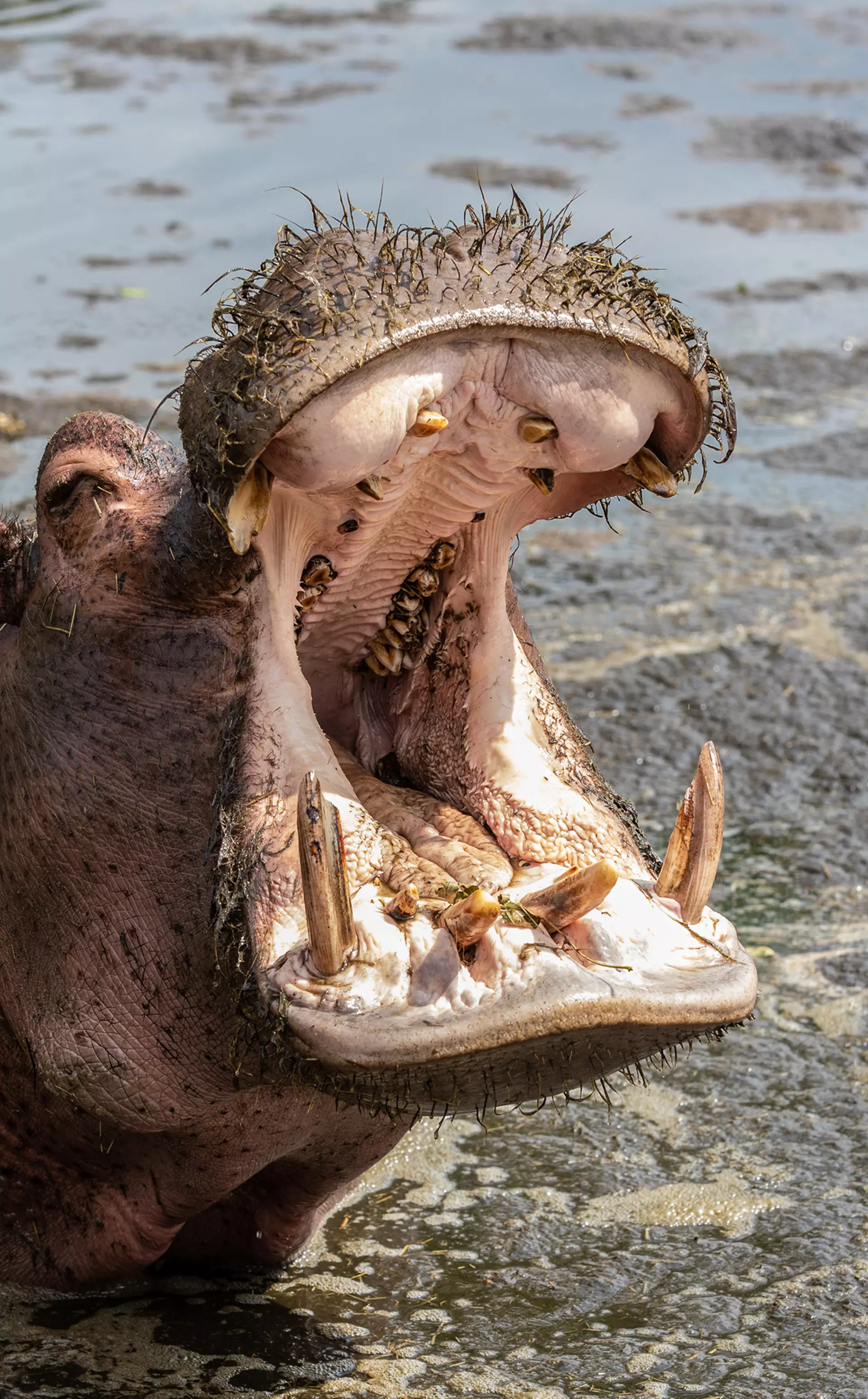From tigers to elephants, the Teeth & Diets session brings pupils up close with a range of skulls. Pupils will be encouraged to compare and contrast the differences between the teeth of different vertebrate animals groups as well as forensically using teeth differences to identify herbivores, carnivores and omnivores in investigatory group work. Pupils will report on their deductions and the tools that they have used to come to a conclusive answer on the identity of the skull and whether it is a predator or prey.
Many objects from the natural world used in this session are loaned to us by HM Revenue and Customs.
|
Age: KS2 (7-11 years) |
Duration: 45 minutes |
Capacity: 35 students |
Location: Indoor |
Intended learning outcomes:
Pupils will be able to:
- Use appropriate language to name and describe the functions of different types of teeth
- Investigate objects from the natural world using a range of scientific tools and will go through a knowledge based decision making process
- Identify predator and prey animals
- Verbalise how and why they came up with their conclusions
- Use knowledge acquired in the session to make predictions about artefacts
National Curriculum links:
| KS2 Science | Working Scientifically |
|
| Animals, including humans |
|
|
| KS2 English | Spoken Language, Reading |
|
| Writing |
|
